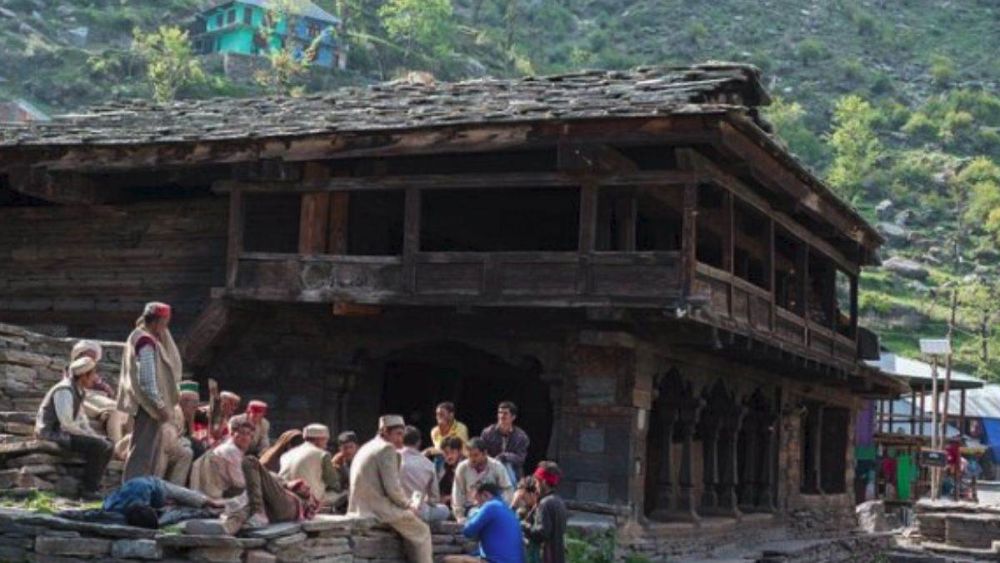

Malana, often referred to as the "ancient Indian village," holds a particular place in the hearts of global travelers and historians alike. This isolated village, nestled in the Kullu valley, is famous for its unique culture and governance system, which is said to date back to the time of Alexander the Great. The history of Malana is shrouded in myth and legend, which has piqued the curiosity of tourists for decades.
The tourism history of Malana can be traced back to the time when adventurous travelers began exploring the remote regions of Himachal Pradesh. Malana, due to its isolation, became a place of intrigue. The first wave of tourists consisted mainly of researchers and intrepid hikers, as the area was not readily accessible to casual tourists.
Information and knowledge about this hidden treasure spread by word of mouth, and eventually, Malana became a part of the famous 'hippie trail' in the 1970s. Western explorers looking for spiritual journeys and experiences different from their own cultures were drawn to Malana's enigmatic presence.
The village is known for its strict social structure and a language that is distinct from the rest of the region. The locals believe they are descendants of Alexander the Great's soldiers, and their customs and judicial system reflect this belief. The exclusivity of their customs and the adherence to their age-old democratic system called 'Kanash', has made Malana one of the few places where centuries-old traditions are still alive and so has been a significant draw to cultural tourists.
In more recent years, the rise of adventure tourism has put Malana on the map for young travelers and trekking enthusiasts. The Malana Cream, a cannabis resin of high quality, has also attracted a different kind of tourism, although this is neither legal nor encouraged.
Nowadays, efforts are being made to regulate tourism in order to protect the environment and the unique culture of Malana. Experiences like homestays and cultural exchanges are becoming more popular, offering an authentic glimpse into the local lifestyle while providing economic benefits to the community.
Moreover, new policies and infrastructural developments, such as reconstructed pathways after natural calamities, and the introduction of solar power, have facilitated safer and more sustainable tourism practices in this pristine village.